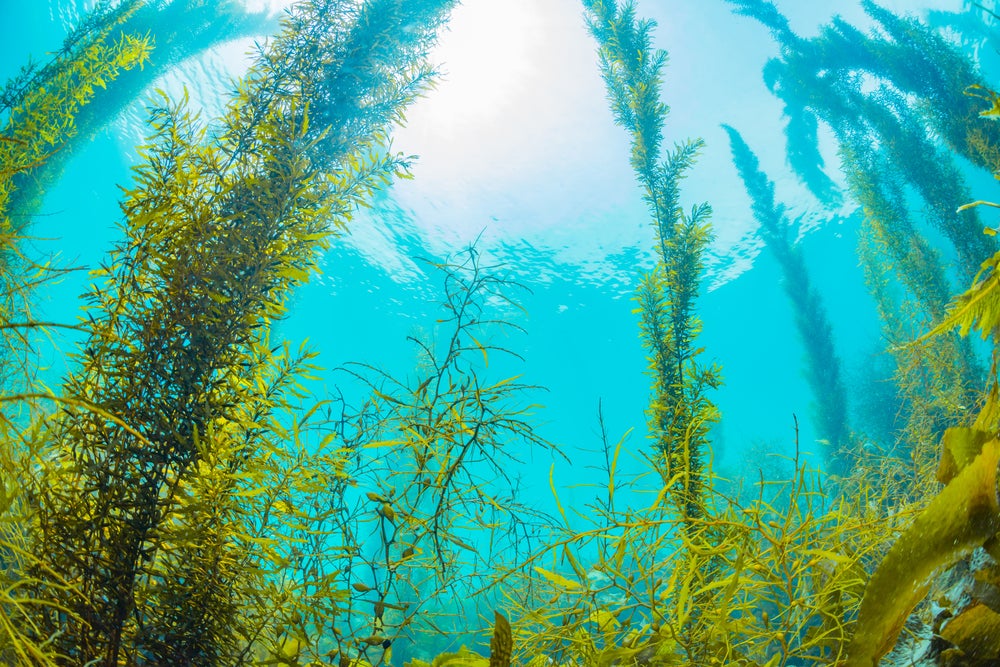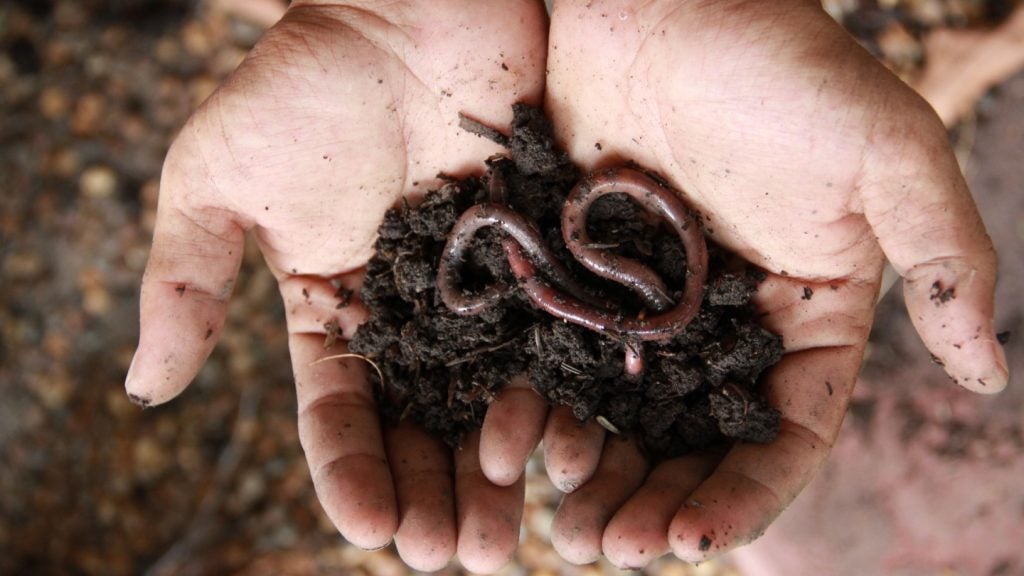
Scientists have discovered that dozens of antimicrobial and anticancer compounds found in some types of seaweed could be used to develop new antibiotics.
These defensive compounds produced by microbes are used in the production of antibiotics and other important medicines.However, as antimicrobial resistance is becoming a growing issue, with bacteria increasingly resisting the effects of medicine, scientists are having to look further afield for potential alternatives.
A new study reveals for the first time that the solution could come from an unlikely source: a common species of seaweed called Laminaria ochroleuca. Scientists have found that the bacteria found at the bottom of the sea could be used in potential new drug candidates.
Soil and seabed dwelling bacteria, or actinobacteria, are the source of about half of the 20,000 microbe-derived drug candidates currently available. However, the supply on land is beginning to run out.
Therefore, scientists are investigating whether the actinobacteria found in sediments on the sea floor, Laminaria ochroleuca, and in organisms such as brown algae, could have the same properties.
Unearthing the potential of seaweed antibiotics
Researchers from the Center of Marine and Environmental Research in Portugal analysed samples of Laminaria ochroleuca from the sea near Northern Portugal. After six weeks, they were able to isolate 90 actinobacterial strains from the samples, which were then screened for antimicrobial and anticancer properties.
How well do you really know your competitors?
Access the most comprehensive Company Profiles on the market, powered by GlobalData. Save hours of research. Gain competitive edge.

Thank you!
Your download email will arrive shortly
Not ready to buy yet? Download a free sample
We are confident about the unique quality of our Company Profiles. However, we want you to make the most beneficial decision for your business, so we offer a free sample that you can download by submitting the below form
By GlobalDataPromisingly, 45 of the extracts inhibited the growth of Candida albicans, the most common cause of fungal infections, Staphylococcus aureus, the cause of staph infections, or both. This means that they could be potential candidates for antimicrobial drugs.
Dr Maria de Fátima Carvalho of the Interdisciplinary Center of Marine and Environmental Research said that some of the samples also inhibited the growth of some cancer cells:
“Seven of the extracts inhibited growth of breast and particularly nerve cell cancers, while having no effect on non-cancer cells.”
She also said that the samples could be the first time these particular strains have been discovered:
“We identified extracts from two Actinobacteria strains that do not match any known compounds in the most comprehensive international database of natural bioactive compounds. We intend to follow up on these exciting results.”







